Small For Size Syndrome
Small for size syndrome. Persistent portal vein PV hypertension and PV hyper-perfusion after LT were identified as the main factors. Small patella syndrome SPS is a rare syndrome that mainly affects the way certain bones are formed developed. SFSS is characterized by persistent hyperbilirubinemia coagulopathy intractable ascites and encephalopathy.
A definition has yet to be fully clarified but it is a common clinical syndrome following partial liver transpla. Small for size graft syndrome liver graft Clinical presentation. The hip pelvic bones may be weak and the bones of the feet may not have formed correctly.
The small-for-size syndrome can result in large-volume ascites hyperbilirubinemia and coagulopathy. Small-for-size syndrome such as poor bile production delayed synthetic function prolonged cholestasis and intractable ascites leading to septic complications and higher mortality are neither specific nor inevitable in low-weight liver grafts. The use of a partial liver graft has risks of SFSS development.
Grafts with insufficient functional hepatic mass can produce a life-threatening condition with rapidly progressive liver failure called small-for-size syndrome SFSS. Small-for-size syndrome SFSS is a group of signs and symptoms that occur when following liver resection living donor liver transplantation LDLT or partial orthotopic liver transplantation an insufficient liver mass is unable to sustain the metabolic demand of the patient. The definition of SFSS slightly varies among transplant physicians.
People with small penis syndrome do not have a physical condition but experience persistent anxiety about the size of their penis. Small-for-size syndrome SFSS is a clinical syndrome that can be defined by the presence of prolonged cholestasis coagulopathy and ascites in the absence of ischemia within the first week of liver transplant caused by a partial liver graft that is inadequate to sustain metabolic demand in the recipient Fig. Clinically it is characterized by a combination of prolonged functional cholestasis intractable ascites and delayed.
Small for Size Syndrome SFSS syndrome is a recognizable clinical syndrome occurring in the presence of a reduced mass of liver which is insufficient to maintain normal liver function. Smallforsize syndrome SFSS was initially described as a number of clinical manifestations resulting from the use of SFS grafts. Small heart syndrome is associated with a small heart shadow on a chest X-ray or magnetic resonance imaging.
Kiuchi first described Small-for-size syndrome SFSS in recipients of small sized liver grafts with graft to recepient weight ratio GRWR of 10 and graft volume to standard liver volume of 35. It was first proposed in 1944 as neurocirculatory asthenia Current studies show that small heart syndrome is associated with a smaller left ventricular chamber size and diminished cardiac stroke volume.
Small-for-size syndrome SFSS is a clinical syndrome that can be defined by the presence of prolonged cholestasis coagulopathy and ascites in the absence of ischemia within the first week of liver transplant caused by a partial liver graft that is inadequate to sustain metabolic demand in the recipient Fig.
Small-for-size syndrome SFSS is a well-known complication after partial LT especially in cases of adult-to-adult LDLT. Transplant recipients can potentially develop a specific syndrome known as small-for-size syndrome when a small for size graft causes size mismatch in the presence of portal hypertension. Small-for-size syndrome SFSS is a clinical syndrome described following liver transplantation LT and extended hepatectomy. Even normal-size men may suffer small-penis syndrome -- fear that their penis is too small -- and seek unproven penis-lengthening treatments. Small for Size Syndrome SFSS syndrome is a recognizable clinical syndrome occurring in the presence of a reduced mass of liver which is insufficient to maintain normal liver function. The hip pelvic bones may be weak and the bones of the feet may not have formed correctly. New evidence has emerged documenting the importance of preoperative evaluation of functional liver mass liver quality influence of portal hypertension and variations in surgical technique to improve outcome. The definition of SFSS slightly varies among transplant physicians. SFSS is characterized by persistent hyperbilirubinemia coagulopathy intractable ascites and encephalopathy.
Smallforsize syndrome SFSS was initially described as a number of clinical manifestations resulting from the use of SFS grafts. Small heart syndrome is associated with a small heart shadow on a chest X-ray or magnetic resonance imaging. Small-for-size syndrome SFSS is a group of signs and symptoms that occur when following liver resection living donor liver transplantation LDLT or partial orthotopic liver transplantation an insufficient liver mass is unable to sustain the metabolic demand of the patient. SFSS was initially described as a spectrum of clinical manifestations resulting from the use of smaller sized. Kiuchi first described Small-for-size syndrome SFSS in recipients of small sized liver grafts with graft to recepient weight ratio GRWR of 10 and graft volume to standard liver volume of 35. Small-for-size syndrome SFSS is a clinical syndrome that can be defined by the presence of prolonged cholestasis coagulopathy and ascites in the absence of ischemia within the first week of liver transplant caused by a partial liver graft that is inadequate to sustain metabolic demand in the recipient Fig. Persistent portal vein PV hypertension and PV hyper-perfusion after LT were identified as the main factors.




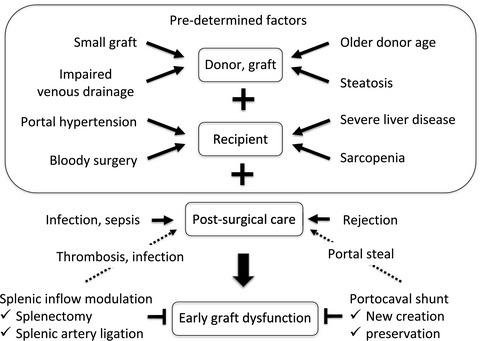



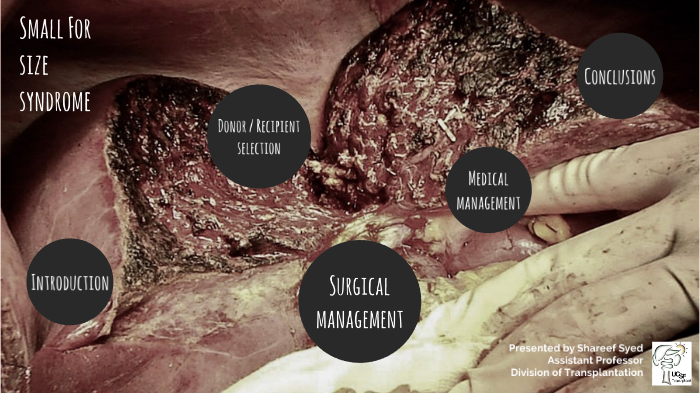
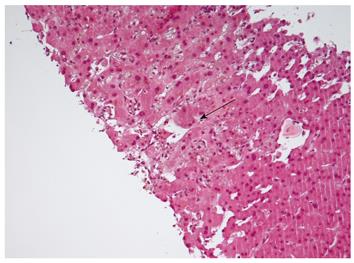


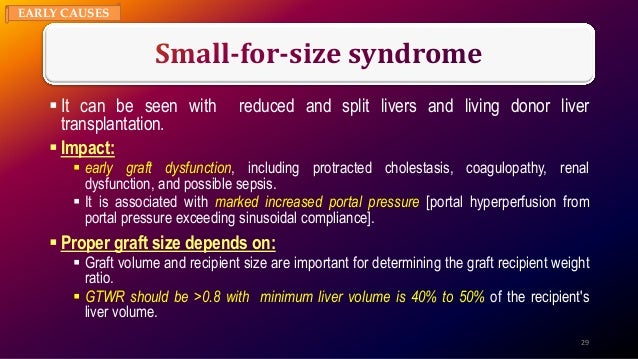
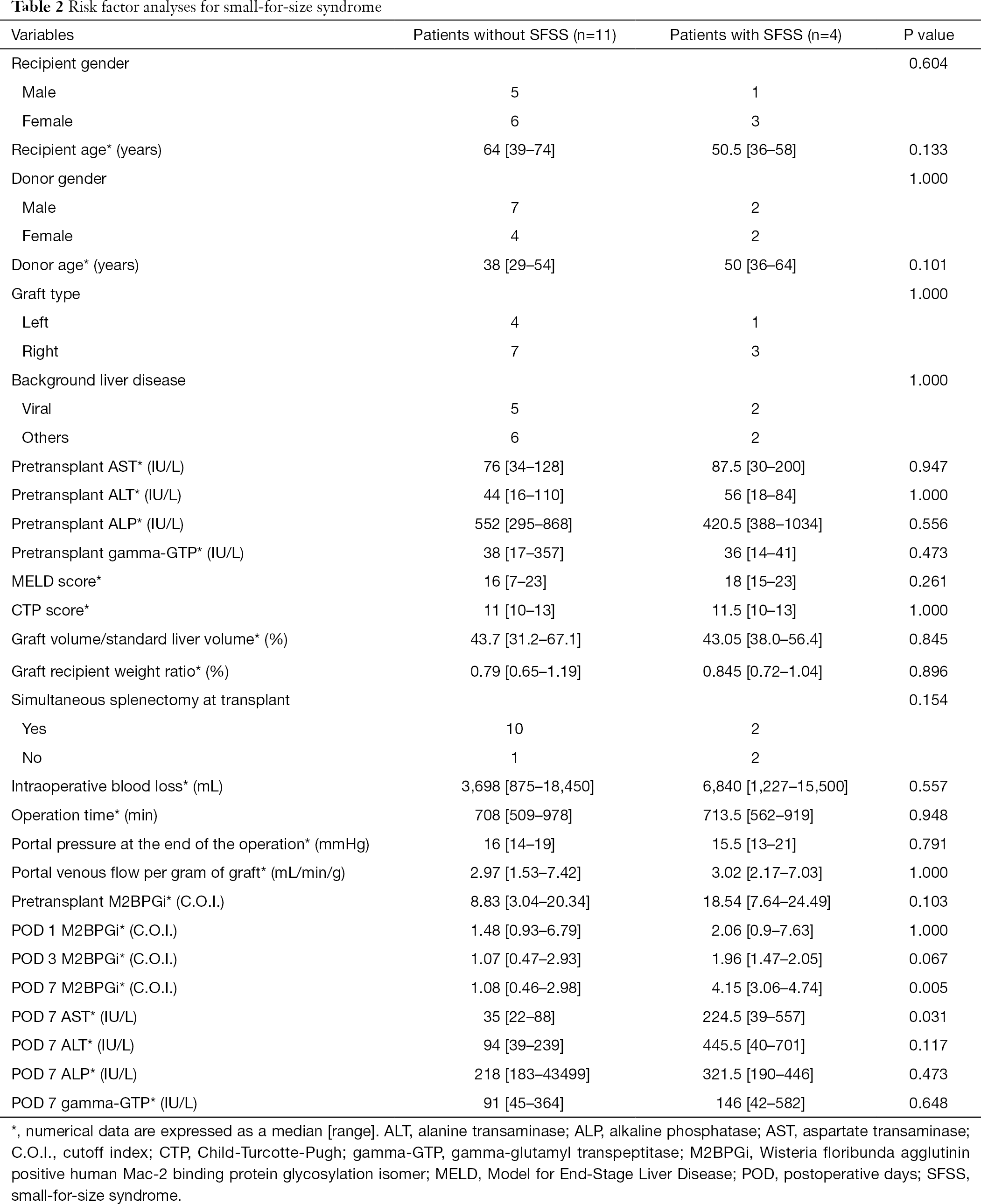


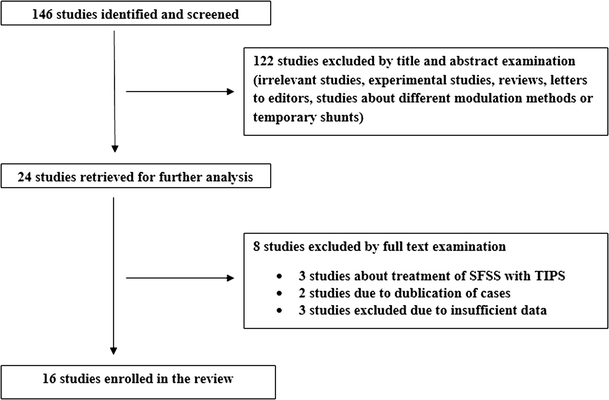







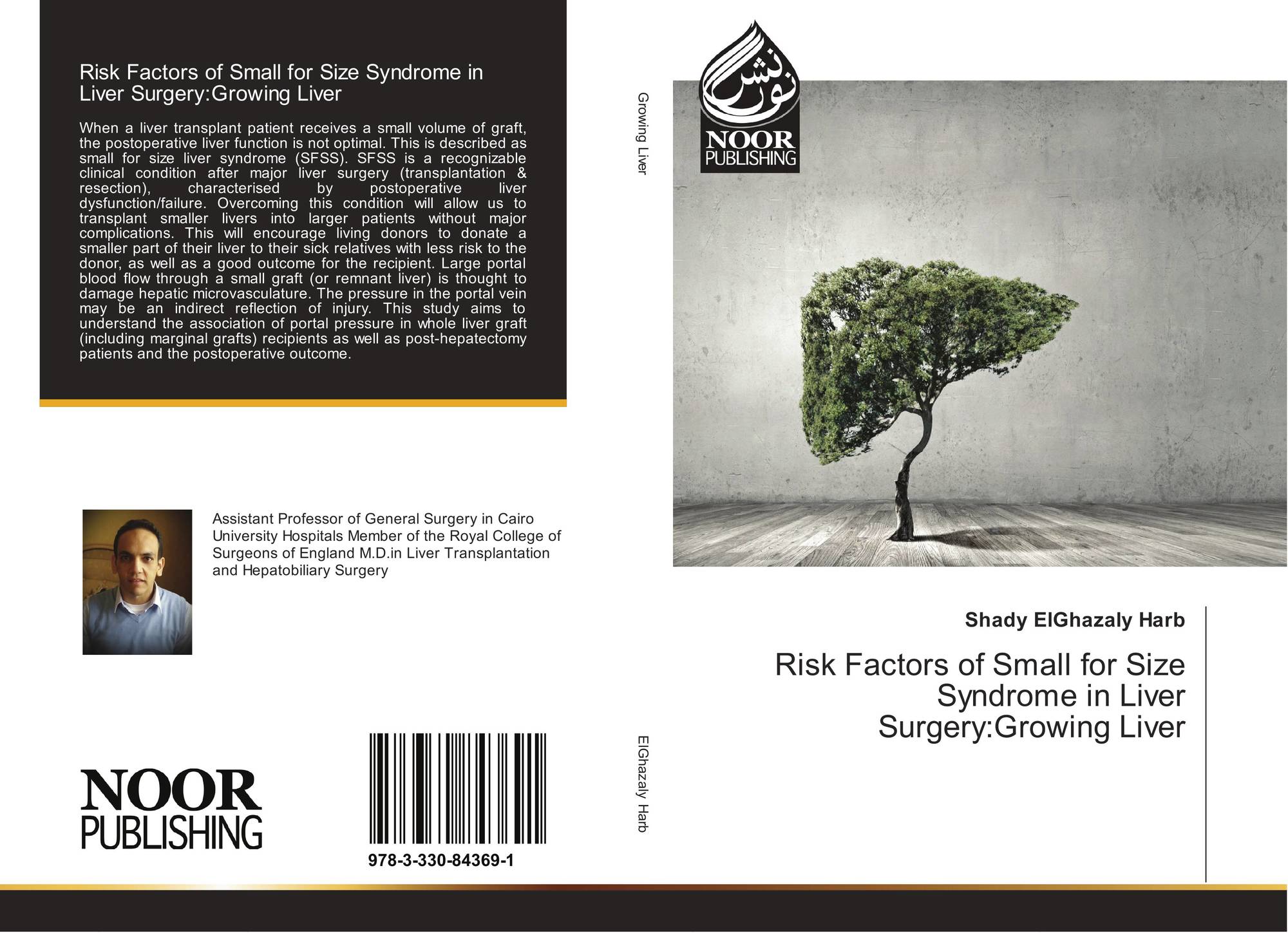

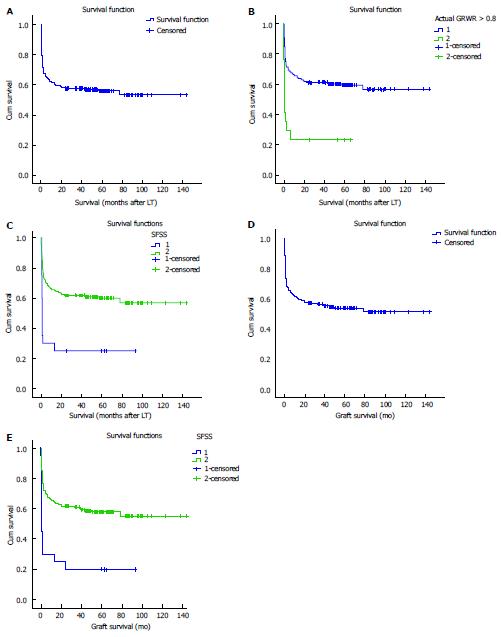





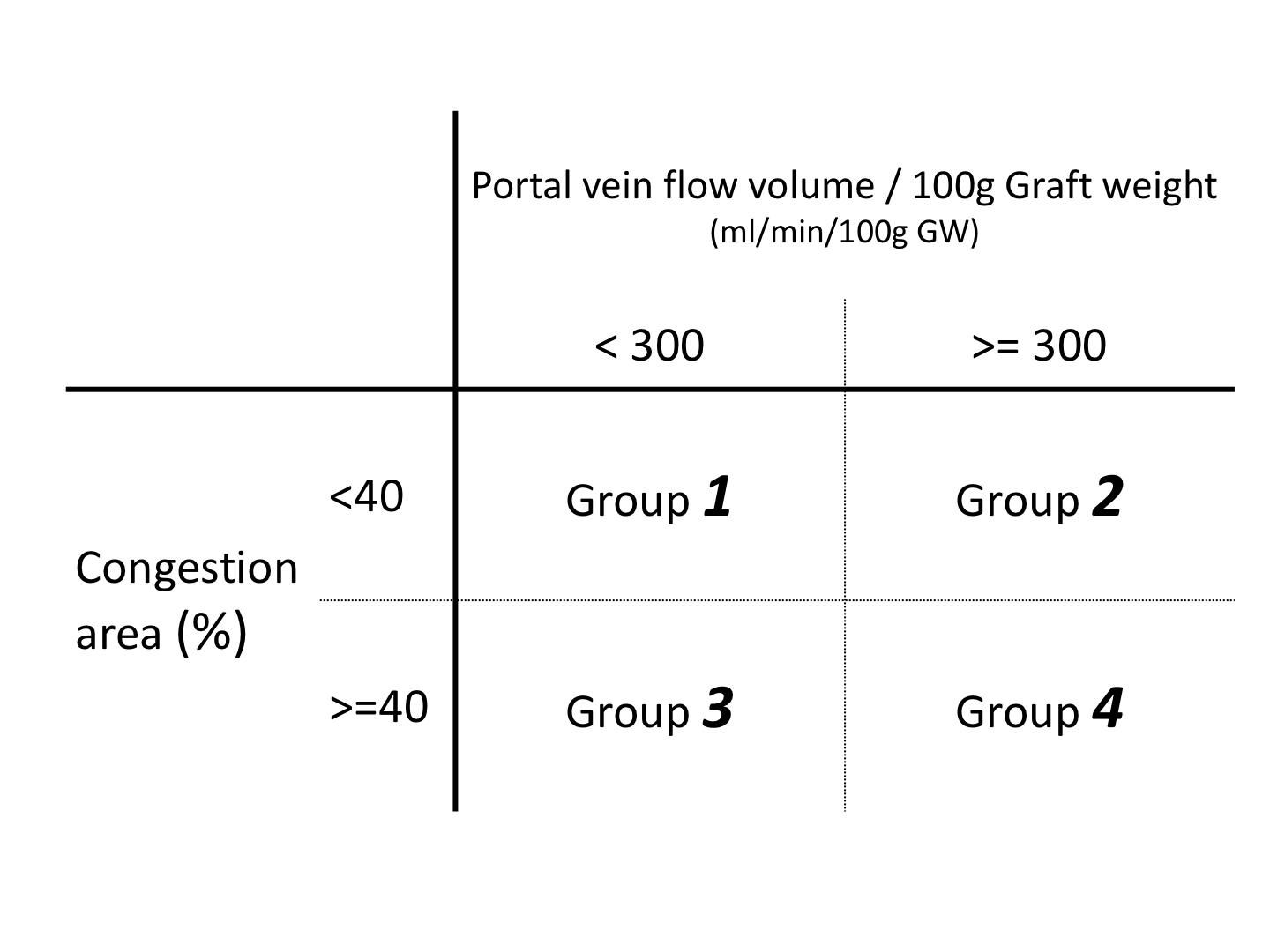

Post a Comment for "Small For Size Syndrome"